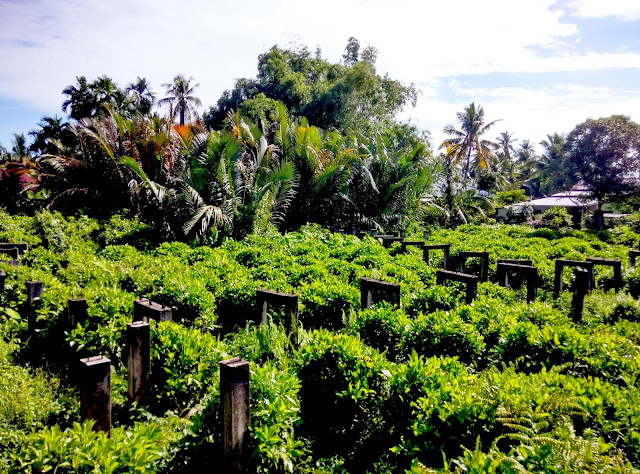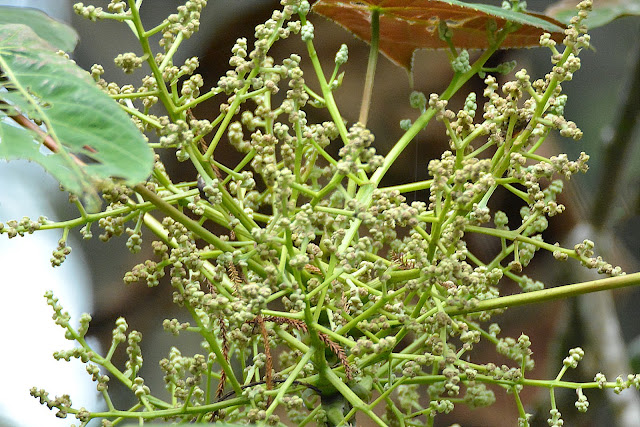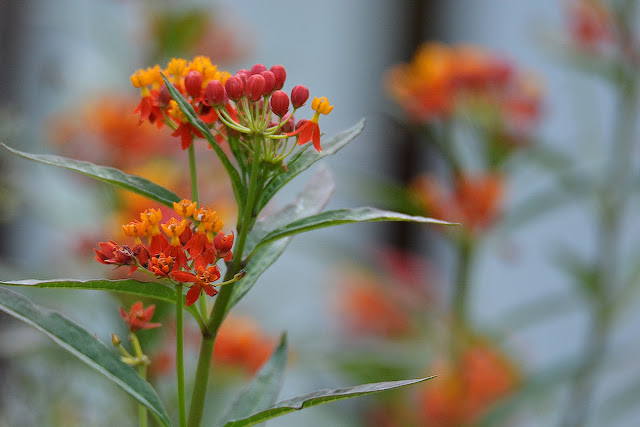The strangler fig
绞杀無花果属植物
Like many other tropical rain forest, Sungai Tiang of the
Royal Belum State Park is home to many species of strangler trees.
 |
| When I encountered this strangler fig, I was curious to find out the condition of the host tree being strangled. |
When I
encountered this strangler fig (photo above), I was curious to find out the condition of the
host tree being strangled.
So I walked away from the tree far enough to look at its top, and found that most of the leaves of the host tree have dropped, indicating it is dying (Photo below).
 |
| The host tree at the center is dying due to the strangler tree. The leaves at the top have dropped. |
 |
| Another wrangler fig species at Royal Belum. |
 |
| This wrangler tree at Royal Belum has successfully killed a host tree and continue to grow strong. |
But a strangler fig tree is not just a murderer tree in the
forest as it seems. Many studies have shown that figs sustain more species of
birds and mammals than any other trees, making them vital to rainforests.
As Wikipedia describes strangler figs….”These plants begin
life as hemiepiphytes, when their seeds, often bird-dispersed, germinate in
crevices atop other trees. These seedlings grow their roots downward and
envelop the host tree while also growing upward to reach into the sunlight zone
above the canopy.
An original support tree can sometimes die, so that the
strangler fig becomes a "columnar tree" with a hollow central core. However,
it is also believed that the strangler fig can help the support tree survive
storms.”
Wikipedia 对这种物种如此叙述:






































































